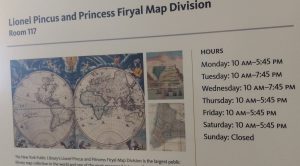On Wednesday we spent some time “turning off our brains” while sketching from upside down paintings. Turning the painting upside down helps us overcome preconceived ideas about what we see. We also looked at Javier’s post comparing contemporary and historic street scenes in Jackson Heights and discussed what makes the contemporary scene more pleasant and how we could draw analytical sketches which emphasize particular aspects in the scene such as shadows, windows, trees, etc.
For Wednesday, revisit Javier’s post. Draw 2-3 sketches from each image in the post (they can be quick sketches) – in each sketch emphasize one particular aspect of the scene that you find significant for the discussion. Bring the sketches to class on Wednesday. Be sure to keep all of your sketches together.
On Monday, we’re visiting the Brooklyn Collection at the Central library of the Brooklyn Public Library, Central Library at Grand Army Plaza (directions). We’ll meet at 1:15 in the lobby. Our appointment with the librarian begins at 1:30 sharp. The Brooklyn Collection is on the 2nd floor of the library. Groups will have time to research and begin to fulfill the research objectives you came up with in class. Be sure to bring the research objectives, as well as your charged phone or camera, something to take notes with, your sketchbook and pencils, and a USB drive if you wish to scan anything from the collection.
Don’t forget! The Wikipedia Art+Feminism edit-a-thon is happening all over the world starting today! New York City events include one on Saturday 10-5 at the Museum of Modern Art, 11 W. 53rd Street in Manhattan and one on Sunday from 2-6 at Interference Archive, 131 8th Street in Brooklyn. Come help improve Wikipedia, no experience necessary!




